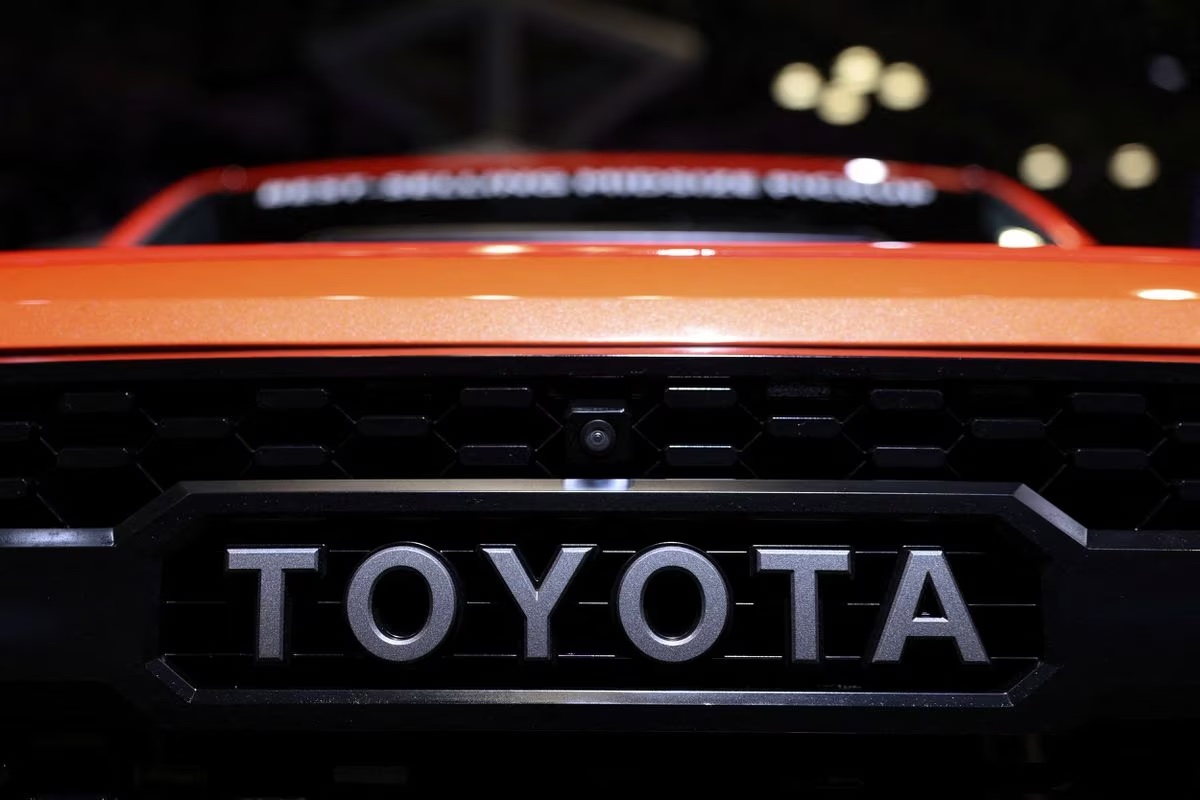Source : PTI | There is a need to support a multi-pathway approach in terms of green technologies in cars in a country as big and diverse as India to achieve carbon neutrality goals, a senior Toyota executive said on Tuesday. Multiple technology solutions at different price points are required to cater to different sets of customers in order to cut carbon footprint, he noted.
In an interaction here, senior Toyota executives emphasised on the need to treat all technologies fairly to achieve carbon reduction goals.
Toyota Daihatsu Engineering and Manufacturing Co-Executive Vice President Pras Ganesh said India is large enough to utilise multiple solutions, including hybrid and battery electric technologies.
He was replying to a query regarding Toyota’s product road map strategy in the country where the government favours battery electric vehicles (BEVs) over hybrid cars in terms of taxation.
The total tax incidence on hybrid vehicles in India is 43 per cent, inclusive of GST, while BEVs attract a tax of about 5 per cent.
Bengaluru-based Toyota Kirloskar Motor, a joint venture between Toyota Motor Company and Kirloskar Group, currently sells a couple of hybrid models in the country.
It, however, does not have a BEV in its product portfolio as of now.
“So what we kind of feel is, let the customer decide. Let’s just give all of the technologies… and then let’s see how it goes,” Ganesh said.
The auto major believes that to provide mobility for all it will have to bring in different solutions which work for different sets of customers, he noted.
“And in that context when we look at carbon neutrality, there will be different types of solutions that will work for different types of customers as well,” Ganesh said.
He noted that the Indian government is giving attention to BEVs but is also supportive towards other alternate green technologies.
“We believe that the Indian government, of course, has given some attention to BEVs, but at the same time, it has indicated that it supports all of these solutions in the market,” Ganesh said.
Recently, Prime Minister Narendra Modi in a letter to industry body SIAM had stressed on the need to develop a mobility ecosystem that is sustainable and in harmony with the environment.
So whether it is the hybrid electric vehicles, BEVs or ethanol and biofuel blending, the government is supportive of all technologies, he added.
“And for commercial vehicles, there’s a huge push for the green hydrogen mission as well. So fundamentally, I think the Indian government, though there is some attention in terms of what they talk about EVs, is fundamentally supportive of all of the technologies and they will continue to encourage these technologies that work for the people,” Ganesh said.
He, however, pointed out that emission-based vehicle taxation, as adopted by Thailand, will be the right approach.
“When it comes to the taxation system, if our taxation is based on CO2 (emissions) it’s the most appropriate way… the CO2-based system that Thailand has is in some ways the fair system that is really focused on the objective,” Ganesh said.
TKM had earlier stated that it aims to offer wider clean energy technology choices, including hybrid, electric vehicles, fuel-cell electric and flex-fuel vehicles to align with the government’s goal of reducing dependence on fossil fuels.
It recently unveiled a prototype of the world’s first BS VI (Stage II) electrified flex fuel vehicle.
Across Asian markets, Toyota said it remains committed to a multi-pathway approach, customising electrification solutions to the specific needs of customers and regions.
In Asia, where diverse factors influence the journey towards carbon neutrality, the auto maker considers economic, energy, infrastructure, and usage needs to offer a comprehensive approach, it said.
Recognising that scale and speed are required, Toyota aims at sharing multiple electrified and alternative energy vehicles that meet the needs of each customer.
Asia being an incredibly varied region, diversification is crucial to meet the needs of different types of customers, from low end-to high-end, from passenger vehicles to commercial vehicles, the company stated.
Toyota said it is now planning to introduce the new IMV 0 (model) which is designed for lower income customers, with greater customisability.
First introduced in 2004, the IMV (Innovative International Multipurpose Vehicle) project (which includes products like the Hilux and Innova), has served private and business users’ mobility needs, it said.











